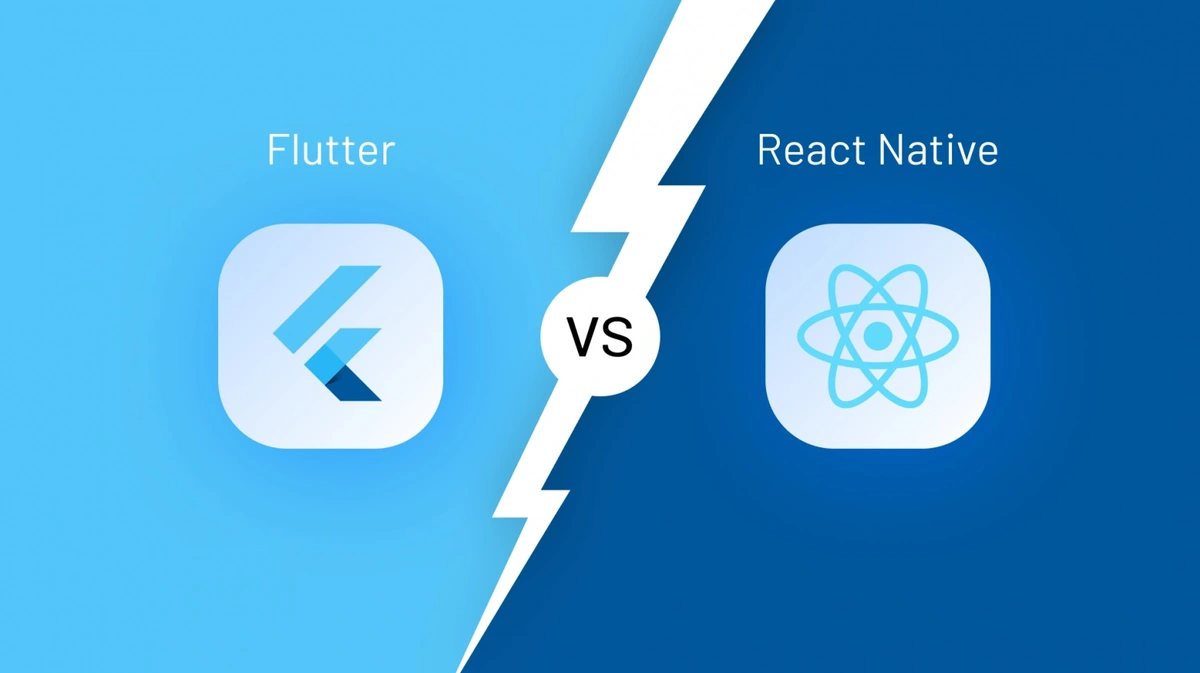The eCommerce landscape continuously evolves, with several new trends coming into the picture each year. Some of these trends are volatile. They soar into popularity like a bubble and then vanish into anonymity.
But then there are eCommerce trends that stay and act as the anchor for the growth of online stores. eCommerce UX is one such trend. It doesn’t matter how big your eCommerce website is and how many products it hosts. But whether or not you offer a great user experience to your consumers makes a difference.
Let’s learn what is eCommerce UX, why it matters, and the best user experience tips that can help you stay ahead of user expectations and boost your sales:
What is eCommerce UX & Why Does it Matter?
In layman’s terms, eCommerce UX is how you feel after interacting with a website, i.e., whether you feel satisfied or it leaves you wanting for a lot more. The idea is to understand user expectations and deliver a smooth, intuitive, and engaging shopping experience.
Why does eCommerce UX matter?
76 out of 100 eCommerce website visitors abandon their shopping cart because they’re not impressed with its user experience. It means while 100 people could buy your product if your eCommerce website was engaging, only 24 would buy if it’s not. Imagine, how many sales opportunities you would lose this way.
That’s why it’s essential to offer a positive eCommerce experience to consumers. No matter if they’re buying from you for the first time or the hundredth, they should feel positive after interacting with your website. It’s the only way you can keep them coming back for more.
5 Tips to Stay Ahead of User Expectations & Offer the Best eCommerce UX
1. Offer a smooth shopping experience
Suppose you walk into a retail store, but can’t find the product you want to buy. You look around and notice that the customer service associate is busy texting on their phone. Would you buy from there? You won’t because ease of shopping and quick assistance is what any consumer wants.
The consumers visiting your eCommerce website would have similar expectations. They also want to quickly find what they’re looking for and immediate help if they face any problem. That’s why you must focus on making the shopping experience as smooth as possible. It would reduce friction and ensure no consumer leaves without buying from your eCommerce website.
To ensure a seamless shopping experience, directly convey the following things when you approach a company for eCommerce development:
- Use advanced sorting algorithms to help customers filter products quickly. Also, highlight all popular products on the homepage so that customers can easily find them. You can take inspiration from Amazon on how to simplify your website’s navigation.
- Use a theme that’s easy on the eyes and doesn’t pose any visual restriction to consumers.
- Keep your website’s navigation simple so that consumers can follow breadcrumbs and perform their desired actions swiftly.
2. Ensure that your eCommerce website loads quickly
Consumers expect everything fast – whether it’s online food delivery, reaching a destination, or receiving a product you ordered online. The delay of even a second throws them off. Hence, it comes as no surprise that the bounce rate of a website increases by 33% with each passing second.
To solve this problem, you must ensure that your website loads fast. The ideal loading time for an eCommerce website is 2 seconds. Try ensuring that your website can manage to load within this time. Here are a few tips for doing so:
- Optimize website images to ensure they load quickly. It’s a great tactic as websites load slower if the image size is larger than HTML and CSS files.
- Optimize the number of HTTP requests from your website as each request adds extra load time.
- Using HTTP caching can also reduce the amount of data that the server needs to transfer to your browser, thus optimizing the load time.
- Remove unnecessary JavaScript code that slows the load time by lading itself before important page content. Several website performance measuring tools can help you identify and remove unnecessary code scripts on poorly loading pages.
- Use external coding scripts like CTA buttons, lead generation prompts, CMS plugins, and external commenting systems to a minimum extent.
- Use the minimum number of redirects on your website as they add a fraction of a second to website page loading times, thus increasing its speed.
3. Make your payments and checkout process faster
There are times when customers don’t buy from a website even if it’s engaging. They select products but abandon the cart midway because of a complicated payments and checkout process. That’s why your focus shouldn’t be on building a fancy eCommerce website alone. Making the checkout process as hassle-free as possible should also be your goal.
Here’s how you can make the payments and checkout process easier for your website:
- Offer multiple payment options (credit/debit card, Apple Pay, Google Pay, PayPal, BNPL) to customers on your eCommerce website as 56% of them expect so.
- Give customers an alternative to buy from you without having to sign up. Forcing people to register before purchase can be a huge turn-off for some customers and kill your chances of conversion.
- Make your checkout and payment page as simple as possible. Asking for too many details can throw people off and ruin your chances of conversion.
- Reassure customers that their personal data is safe on your website. This way, they would feel more comfortable sharing them.
- Don’t confuse customers with vague language. Instead, use a CTA to encourage them to take action.
4. Capture customers’ attention with catchy elements
The average human attention span is very short (8.25 seconds), and you can’t rely on outdated practices to engage users. Instead, you have to reinvent and look for innovative ways to capture their attention.
Here are a few things you must check off when an eCommerce website development company is building a website for you:
- Don’t use elements that are no longer in the trend. For example, no one is interested in hamburger (or slide-in) menus these days as they hide key elements and make it difficult for end users to perform their tasks. Even Spotify has dropped them.
- Use high-quality images or videos that showcase the real-life use of your product. This way, customers can clearly see how it benefits them. You can also use user-generated content for social proof.
5. Keep consumers coming back for more
Engaging consumers once to buy from your online store should not be your end goal. Instead, you have to ensure that they keep coming back on a regular basis and never leave you. Otherwise, your competitor would entice them the next time and you would lose revenue.
Here’s how you can encourage customers to keep coming back for more on your eCommerce website:
- Personalize your website to individual customer needs. Every one of them should feel a connection to your landing pages and find relevance to the products you show in featured product sections. They should even feel compelled to take action on the emails you send them.
- Stay in touch with customers with regular follow-up emails informing about new products and attractive offers. It builds trust and draws customers back on your website.
- Reward consumers who promote your brand on social media and other platforms. It is a great marketing tactic that encourages other customers to also talk about you.
In Conclusion,
No matter how big or small your store is, a seamless and engaging shopping experience will always be a differentiating factor for your eCommerce website. By making shopping easy for customers, you can sell more products and boost your revenue.
So, keep the tips we shared above in mind, put them into practice, and reap maximum benefits by offering a remarkable eCommerce user experience.




